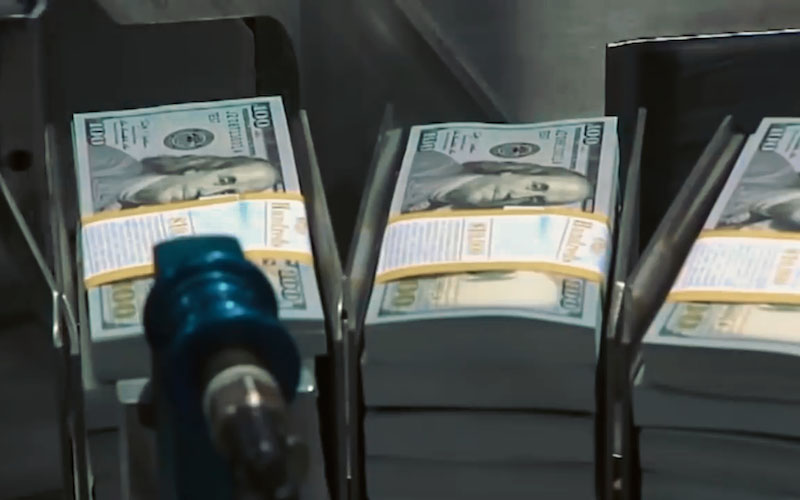Vale: Third Quarter 2025 Results
2025-10-31 10:13:33

Performance Highlights
All business segments achieved strong sales results. Sales of iron ore, copper, and nickel increased by 4 million tons, 15,000 tons, and 2,000 tons year-on-year, respectively, representing growth rates of 5%, 20%, and 6%, supported by solid operating performance.
The average actual price of iron ore fines was US$94.4 per tonne, representing an 11% increase quarter-over-quarter and a 4% increase year-over-year, outperforming the overall increase in iron ore reference prices. This performance reflects the quality premium resulting from the product portfolio strategy.
The total cost of iron ore was US$52.9 per tonne, down 4% year-on-year, thanks to improved quality premiums and lower freight costs.
The cash cost of iron ore fines C1 (excluding third-party purchases) was US$20.7/ton, basically flat year-on-year, and is expected to achieve the full-year guidance target for 2025.
Total costs for copper were $994 per tonne, down 65% year-over-year; total costs for nickel were $12,347 per tonne, down 32% year-over-year. These cost improvements were driven by increased operational efficiency, higher production volumes, and higher revenue from by-products.
The full-year 2025 total cost guidance for copper has been further lowered to $1,000-$1,500 per tonne from $1,500-$2,000 per tonne, benefiting from rising gold prices. The full-year 2025 total cost guidance for nickel has been lowered to $13,000-$14,000 per tonne from $14,000-$15,500 per tonne, benefiting from solid operating results and strong metal prices (benefiting multi-metal assets).
Formal EBITDA (earnings before interest, taxes, depreciation, and amortization) was $4.4 billion, representing year-over-year and quarter-over-quarter increases of 17% and 28%, respectively, driven by increased production and sales volume, improved cost efficiency, and rising prices for iron ore, copper, and by-products.
Capital expenditures are $1.3 billion, down $100 million year-over-year, and are on track to achieve the 2025 guidance of $5.4 billion to $5.7 billion.
Recurring free cash flow was $1.6 billion, up $1 billion year-over-year, primarily reflecting the growth in EBITDA.
Net liabilities totaled $16.6 billion at the end of the quarter, a decrease of $800 million from the previous quarter, driven by strong free cash flow.
- Risk Warning and Disclaimer
- The market involves risk, and trading may not be suitable for all investors. This article is for reference only and does not constitute personal investment advice, nor does it take into account certain users’ specific investment objectives, financial situation, or other needs. Any investment decisions made based on this information are at your own risk.





















